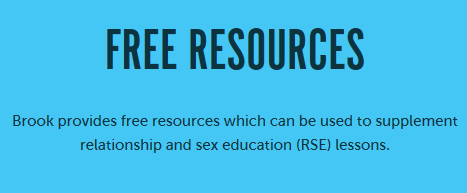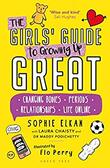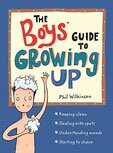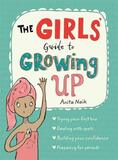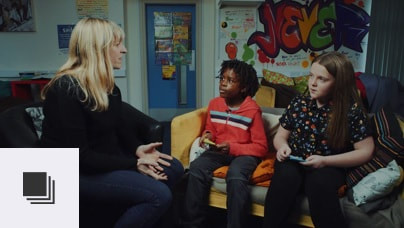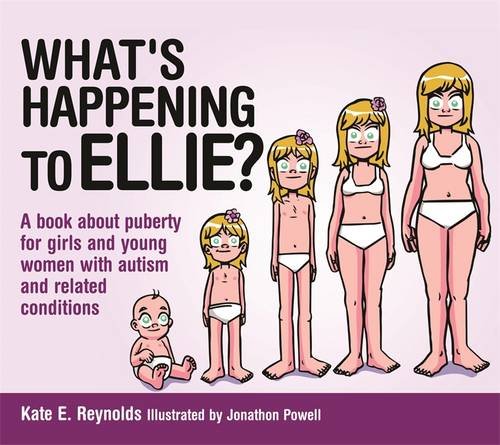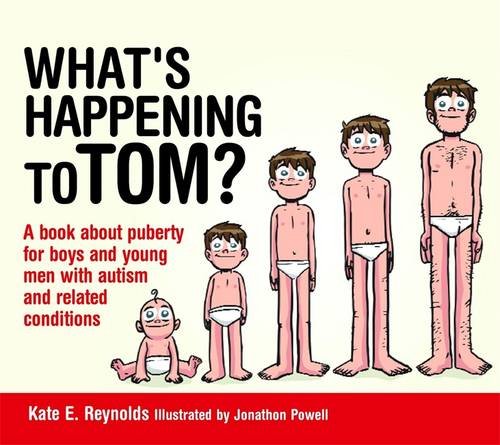Our most popular puberty and personal hygiene resources
|
Contact us to book these resources for your event or training session. Images reproduced with the permission of HealthEdco and Gasp.
|
|
Free puberty handouts
Brook provides free resources which can be used to supplement relationship and sex education (RSE) lessons and cover multiple aspects of puberty https://www.brook.org.uk/resources/ |
|
Free digital training- puberty
Brook provides free digital training and resources to help you deliver excellent RSE lessons, both online and in the classroom. Brook Learn |
|
The girls guide to growing up
Format: Book Audience: Young teens Description: A friendly, reassuring and positive guide for girls as they approach puberty, explaining the changes that will happen to their bodies as they grow up and how these changes might make them feel. Covering everything from periods and breast development to body hair and personal hygiene, puberty and parenting expert Anita Naik addresses any worries that girls may have relating to what is 'normal'. She reassures readers and boosts their confidence, encouraging them to feel positive about the changes they will experience as they go through puberty. The book also includes lifestyle advice on topics like healthy eating and exercise, and information on how puberty affects boys. |
|
RSE KS2: Puberty- what's happening to my body
Format: Free Online Publisher: BBC Audience: KS2 Details: In this short film you will see small groups of children ask questions on behalf of their peers to adults they trust. Questions covered are: Will my body change in puberty? Why do boys get boners (erections)? What is a wet dream? If you get your period in school, who do you go to? The adult’s answers are not scripted or prepared – the video features authentic, unrehearsed responses to a variety of questions. The issues raised are real life concerns from children aged 9-12 which were generated through RSE workshops facilitated by professional workshop facilitators. The content acts as stimulus material for teachers to prompt discussions around related topics. It shows how to deal with sensitive subjects in an age-appropriate, open and honest way. The peer-based learning approach encourages pupils to think for themselves and to pose questions using their own language. This short film has been made in consultation with PSHE subject experts and teachers. Due to the sensitive nature of the subject matter, we strongly advise teacher viewing before watching with your pupils. |
|
Everything you ever wanted to ask about periods
Format: Book Publisher: Piccadiily Press, 2001 Details: A guide based on real questions that thousands of girls have already asked Book this resource |
|
Hand washing machine
Format: Interactive Audience: All ages Details: Teaches the importance of good hand washing. GlitterBug Potion fluoresces brightly under UV illumination. Any potion not washed off by the use of warm water, soap and rubbing will continue to show up as fluorescing areas on the hand. Book this resource |






